Olea Europaea
Olea europaea, commonly known as the Olive Tree, is a classic and versatile tree native to the Mediterranean region. Renowned for its distinctive silvery-green foliage, gnarled trunk, and small, fragrant white flowers that develop into edible olives, the Olive Tree is both ornamental and practical. Its hardy nature and ability to thrive in various conditions make it a popular choice for gardens, landscapes, and even indoor settings in pots.
- Botanical Name: Olea europaea
- Common Name: Olive Tree
- Mature Height: 10-30 feet (3-9 meters) can be pruned to remain smaller
- Mature Spread: 10-20 feet (3-6 meters)
- Growth Rate: Slow to moderate
- Light Requirements: Full sun
- Soil Requirements: Well-draining soil; prefers sandy or loamy soils but is tolerant of various soil types
- Water Needs: Low to moderate; drought-tolerant once established
- Foliage: Evergreen, lance-shaped leaves with a silvery-green color and a leathery texture
- Trunk: Gnarled and textured, often with a twisted appearance
Uses:
- Ornamental: Adds a classic Mediterranean touch to gardens, landscapes, and outdoor spaces with its unique foliage and gnarled trunk.
- Fruit Production: Produces edible olives that can be harvested for culinary use or for making olive oil.
- Container Planting: Suitable for growing in pots or containers, making it ideal for patios, balconies, and indoor environments.
Benefits:
- Aesthetic Appeal: The silvery-green foliage and gnarled trunk create a distinctive and attractive appearance.
- Edible Fruit: Provides a harvest of olives, which can be used in cooking or processed into olive oil.
- Drought-Tolerant: Highly adaptable to dry conditions once established, making it a low-maintenance option.
- Longevity: Olive trees can live for many years and even centuries, becoming a cherished feature in gardens and landscapes.
The Olive Tree (Olea europaea) is a timeless and versatile addition to any garden or landscape. Its elegant form, practical fruit production, and adaptability to various conditions make it a valuable and beautiful plant for both ornamental and functional purposes.
Debes acceder para publicar una valoración.
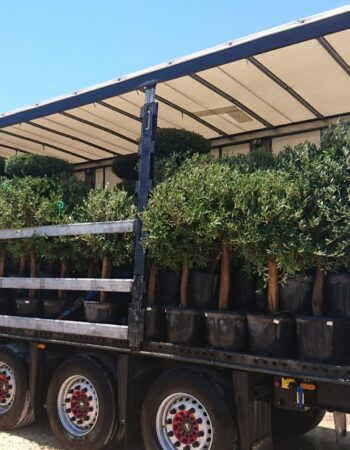
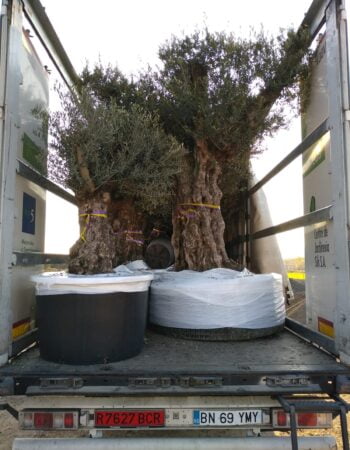
CAREFUL TREE TRANSPORTATION
At Treezom, we take great care in transporting your trees to ensure they arrive in perfect condition. Our expert team uses various methods, depending on the size and volume of the order, to provide safe and efficient delivery. Whether you're ordering a single tree or a bulk order, we guarantee high standards of handling and care throughout the process.
MULTIPLE SHIPPING METHODS
- Truck Delivery: Ideal for local or regional deliveries, ensuring a smooth and timely shipment of your trees directly to your location.
- Sea Containers (20’ or 40’): Perfect for larger orders or international shipping. Our sea containers are equipped to handle bulk shipments with optimal protection.
- Other Customized Solutions: Depending on the size and nature of your order, we can offer tailored shipping methods to meet your specific needs.
No matter the shipping method, we use specialized packaging and handling procedures to protect the trees during transit, ensuring they arrive healthy and ready for planting.
Below, you’ll find key tips tailored to this species’ requirements. Whether you’re new to plant care or have plenty of experience, these guidelines are here to support you in keeping your green companion healthy and vibrant.
- Planting:
- Choose a sunny location with well-draining soil.
- Dig a hole twice the width of the root ball and equal in depth.
- Place the tree in the hole, backfill with soil, and water thoroughly.
- Watering:
- Water regularly during the first year to establish a strong root system.
- Once established, water infrequently, allowing the soil to dry out between waterings.
- Pruning:
- Prune to maintain the desired shape, remove dead or damaged branches, and improve air circulation.
- Prune in late winter or early spring before new growth begins.
- Fertilizing:
- Apply a balanced, slow-release fertilizer designed for trees in early spring.
- Follow the manufacturer’s instructions for application rates.
- Pest and Disease Control:
- Monitor for pests such as olive flies, scale insects, and aphids.
- Use appropriate treatments to manage infestations.
- Ensure good air circulation around the tree to prevent fungal diseases and avoid overwatering.
*This information is provided for informational purposes only. For more detailed care, please consult a professional Gardener or Arborist.


 SINGLE TREE
SINGLE TREE OUTDOOR POTS
OUTDOOR POTS












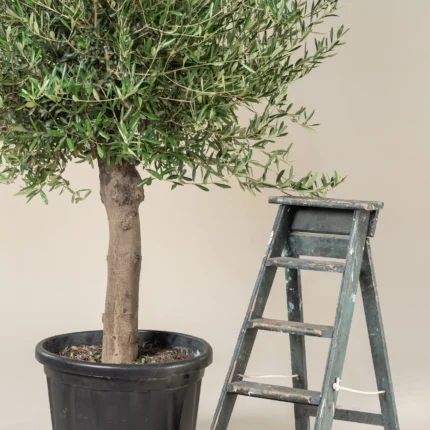
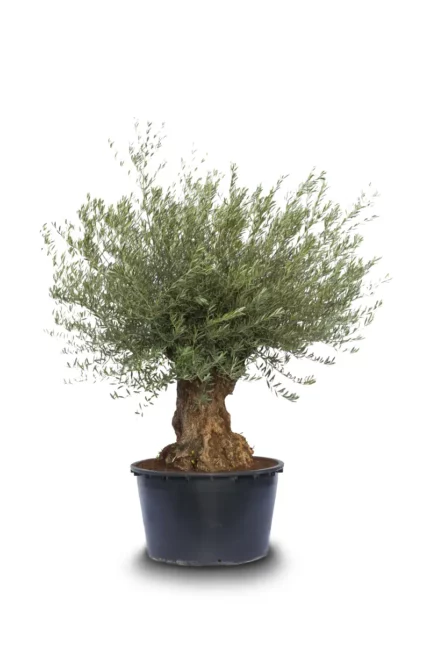

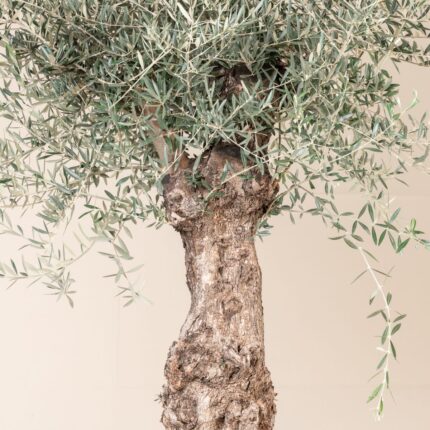
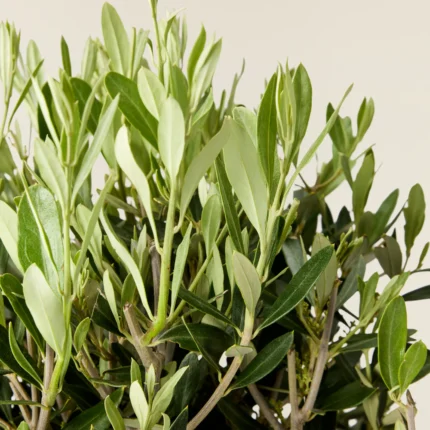






 Single Tree
Single Tree
Valoraciones
No hay valoraciones aún.